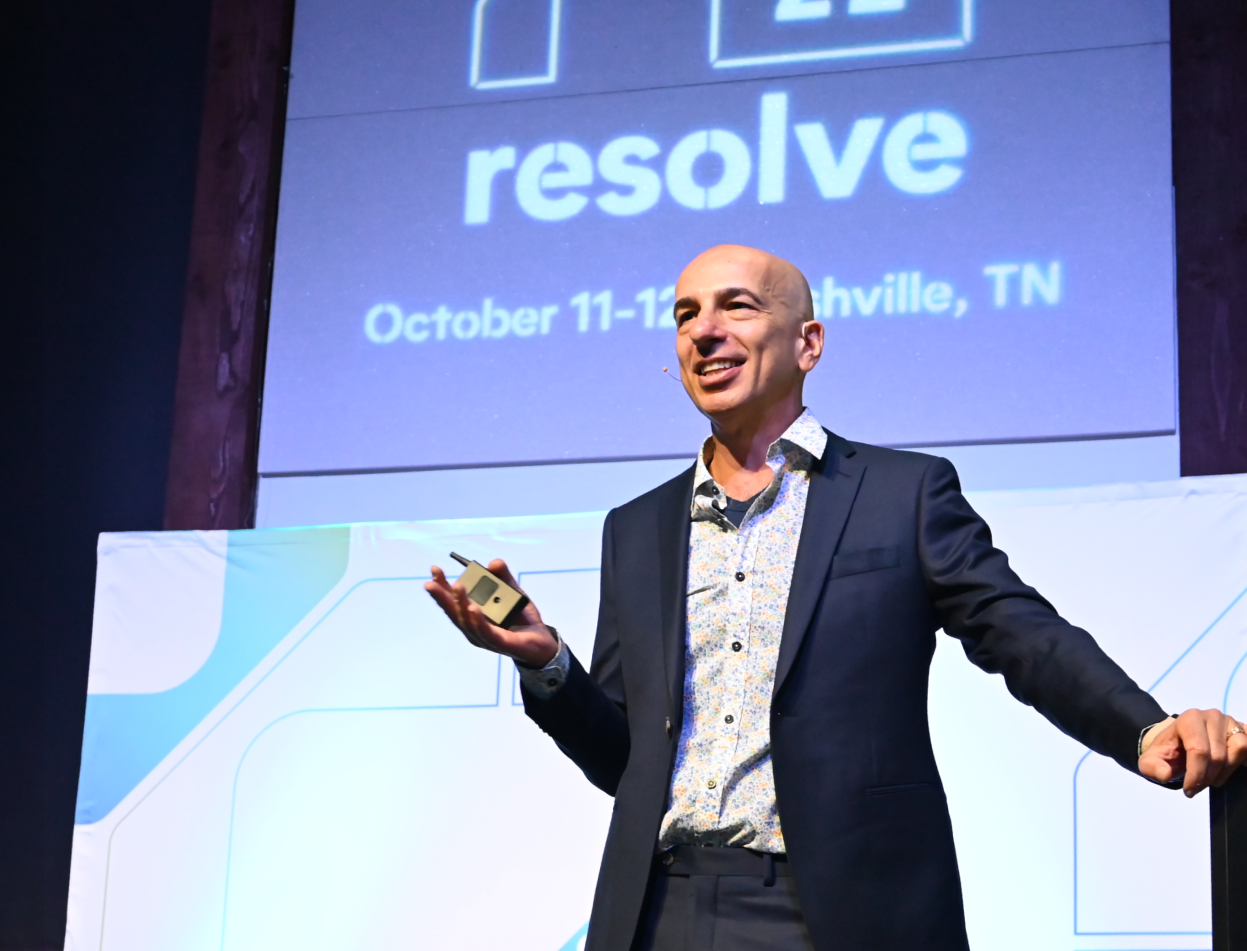As the pressure to implement AI grows, success for most contact centers will be defined by their ability to navigate a complex environment where the wrong decisions can have long-term detrimental effects.
Our latest guide, How to Harness the Power of GenAI While Avoiding CX Risks, is designed to help contact center leaders sort through the intricate world of AI solutions, offering a detailed look at four of the most common approaches and illuminating the biggest risks to avoid with each.
By focusing on informed decision-making, this approach empowers leaders to harness the benefits of GenAI without falling into common pitfalls that can set you back years.
The biggest risks of building a GenAI solution in-house
Developing an in-house AI solution for your contact center – whether from-scratch or through any number of DIY toolkits – can offer direct control and customization over your technology.
However, this approach comes with a set of challenges that CX leaders must navigate carefully to avoid costly setbacks, including:
High initial costs: Building an AI solution yourself requires a significant investment in technology, development, and specialized talent. Beyond the cost of acquiring the necessary infrastructure to develop an AI platform, customizing a solution in-house requires a team of experts who are adept in the latest AI models, CX best practices, telephony, security and more.
Arguably more important, it requires expertise in tailoring conversation designs to maximize resolution rates and prevent escalations – an art in and of itself. Regardless of the ultimate success of a project, developing a solution in-house is the strategy most likely to risk a high return on investment, given the significant cost of deployment.
Extended development time: Creating a best-in-class AI solution is not an overnight project; it can take well over a year to develop, test, and refine a solution to achieve an impactful resolution rate for just a single use case.
This extended development period can be problematic as customer service demands and technologies continue to evolve rapidly. In addition, as AI becomes more common in contact centers, the time it takes solution providers to launch a solution is getting shorter and shorter, making self-launched solutions less economical.
Long-term maintenance: Generic conversational AI models require intensive fine-tuning to resolve customer issues, especially over the phone. Keeping the system updated with the latest AI advancements and security measures requires ongoing effort and resources.
Even after a solution is operational, it requires continuous updates and maintenance to prevent resolution rates from diminishing. This ongoing effort usually requires hiring a dedicated team to oversee your solution.
Straining IT resources: Integrating a new GenAI solution with your existing contact center ecosystems is a complex process that can lead to compatibility issues and operational disruptions. Even DIY toolkits that offer low or no-code customization usually require contact centers to find an implementation partner to connect the platform with your internal systems of record, knowledge bases, business processes and telephony system, adding more costs and time to deployment.
Over the long haul, no contact center wants to rely on their IT team to fine-tune their solution, an exercise needed to maintain and increase resolution rates as customer behaviors change.
To build or to buy?
The AI journeys of several Replicant customers shed light on the associated risks of DIY solutions. In one case, an auto club leader tried for years to build a suitable bot with Dialogflow but couldn’t crack the code on accuracy and resolution rate.
With Replicant, they set a 96% accuracy benchmark compared to Dialogflow’s 80% intent recognition, and a whopping 60% resolution rate versus Dialogflow’s 16%. In addition, our average use case for this industry is implemented within 4-6 weeks, while many once self-builders reported struggling to get projects off the ground after a full year of trying.
Harry Moseley, former CIO of Zoom, characterized this sentiment succinctly in a recent DialedIn interview, “Buy as much as you can and build as little as you can. Why? Because you can never maintain the investment the same way a provider can. I would much rather buy a CX automation tool than build it because that’s what vendors think about all day, every day. They will always do it exceptionally better than I ever can because they have the resources that I would never have.”
Provided you have a team of experts dedicated to developing and customizing a solution, the risk of a self-built GenAI solution “going off the rails” should be relatively low. Where contact centers are most likely to experience obstacles is within their timeline and bottom line.
Without a proven roadmap, it’s extremely difficult to project the development time, deployment milestones and overall system performance with an in-house solution. The more your project’s scope increases, the more likely you’ll face pressure to rush an incomplete solution into production or scrap the project altogether in favor of more proven solutions.
Get the full guide
When done right, GenAI holds the potential to drastically improve both customer experiences and contact center operations. But when done wrong, there are countless ways organizations can put their callers, their brand and their bottom line at risk.
Download the full guide and learn how to harness the power of AI while gaining full peace of mind by building the right strategy for your organization:
📘 DOWNLOAD | Don’t Get Burned: How to Harness The Power of GenAI While Avoiding CX Risks





